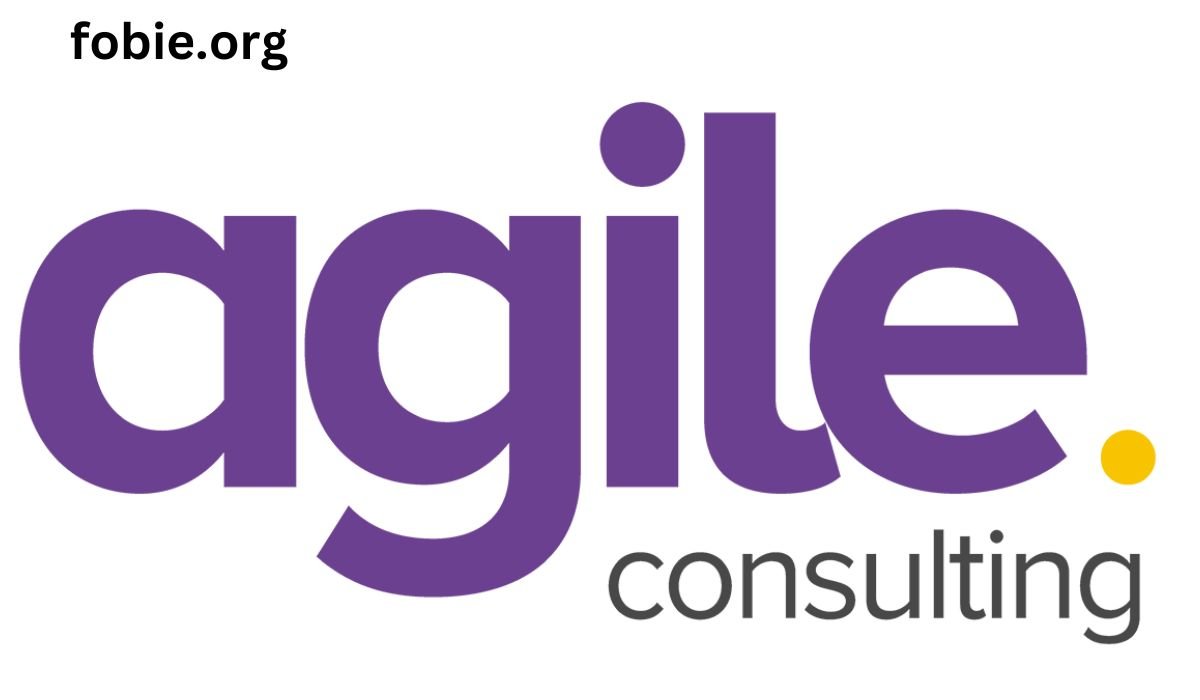Introduction to Portfolio Management
The art and science of choosing an investment mix and policy, aligning assets with goals, and striking a balance between risk and return is known as portfolio management. For individuals like Jeff Van Harte, successful portfolio management is a delicate but rewarding endeavor, enabling investors to balance risk and reward.
Investing isn’t a one-size-fits-all strategy. It requires a personalized approach, considering numerous factors such as risk tolerance, financial goals, and market conditions. Given the abundance of investment possibilities available in today’s changing financial landscape, building a solid investment portfolio that can weather market turbulence and seize growth opportunities requires careful decision-making.
Key Principles of Portfolio Management
The core principles of portfolio management involve asset allocation, diversification, and rebalancing. The practice of distributing an investment portfolio among various asset classes, such as stocks, bonds, and cash, in accordance with the investor’s risk tolerance and time horizon, is known as asset allocation. These core principles form the foundation of a well-managed investment portfolio.
Asset Allocation
Asset allocation seeks to balance risk and reward by distributing investments across various asset classes. The aim is to minimize volatility while maximizing returns based on one’s financial objectives and risk tolerance. For example, a retiree may place more of an emphasis on fixed income and less volatile assets, while a younger investor with a longer time horizon would choose a bigger allocation in equities.
Diversification
Diversification is crucial for managing a successful investment portfolio. It mitigates risks by spreading investments across various financial instruments, industries, and other categories. According to Investopedia, diversification is a risk management strategy that helps investors handle both systemic and unsystematic risks better, ensuring not all their investments move in the same direction under varying market conditions.
Rebalancing
Rebalancing involves periodically adjusting the weightings of a portfolio’s asset classes to maintain the desired level of asset allocation. This process is essential to ensure that the investment portfolio remains aligned with the investor’s risk tolerance and financial goals, especially after significant market movements can cause the original allocation to shift.
Role of Diversification
Diversification is a critical component in portfolio management. Through the distribution of investments among several assets, industries, and geographical areas, diversification serves to mitigate exposure to a particular risk. Although it doesn’t guarantee against loss, it is a principal strategy for achieving long-term financial goals while mitigating risk. A well-diversified portfolio can better navigate market turbulence, as poor performance in some assets can be offset by gains in others.
Risk Management Techniques
Effective risk management is paramount to successful portfolio management. The process includes:
- Risk Assessment: Understanding the type and extent of risks involved is aided by evaluating the possible risks connected to various investing possibilities. This step is crucial for determining which investments fit an individual’s risk tolerance and financial goals.
- Risk Control: The integrity of the portfolio can be preserved by implementing risk-reduction tactics, such as placing stop-loss orders to restrict losses or use hedging strategies to balance possible losses in one investment with gains in another.
- Risk Monitoring: Continually reviewing and adjusting the portfolio is vital to ensure risk levels align with the investor’s objectives. Frequent observation enables prompt modifications to preserve the intended risk profile by assisting in identifying changes in market conditions.
Importance of Long-Term Planning
Long-term planning is vital for capitalizing on the power of compounding and mitigating short-term market volatility. This approach involves setting realistic financial goals, such as retirement planning or funding education, and maintaining discipline in adhering to an investment strategy even during volatile market periods. Patience and persistence are key attributes for successful long-term investment planning, as they allow investors to withstand market fluctuations and benefit from sustained growth over time.
Impact of Market Trends
Market trends significantly influence portfolio performance. Understanding how economic indicators, geopolitical developments, and market sentiment affect different asset classes can assist in making informed investment decisions. For example, a rise in interest rates may lead to a decline in bond prices but could favor bank stocks. Staying updated with financial news and global economic trends is essential for modern portfolio managers, as it helps in anticipating market movements and adjusting investment strategies accordingly.
Technological Tools for Modern Investors
Technology has revolutionized portfolio management. Tools like robo-advisors, automated trading systems, and financial analytics platforms have made investing more accessible and efficient. While trading systems enable faster and more accurate trade execution, robo-advisors offer automated, algorithm-driven financial planning services with little to no human supervision. Financial analytics platforms offer sophisticated analysis tools, enabling investors to optimize their portfolios and manage risks effectively. These technological advancements provide modern investors with resources that were once available only to institutional investors.
Conclusion: Balancing Risk and Reward
Balancing risk and reward lies at the heart of portfolio management. Through adherence to fundamental principles, good risk management, diversification, long-term planning, market trend awareness, and technology tool use, investors can attain a profitable and well-balanced portfolio. The insights and strategies of seasoned professionals like Jeff Van Harte serve as valuable guides in navigating the complexities of today’s financial markets. Achieving financial success often involves a disciplined approach to risk and reward, continuous learning, and adapting to the evolving market environment.











